
FET-Open Project QAFM
Our Vision
Our vision is a radical improvement in the speed of acquisition and information content of Scanning Probe Microscopy (SPM) images. We will adapt novel measurement paradigms to develop a new type of resonant mechanical force sensor for Low-Temperature Atomic Force Microscopy (LT-AFM). Our ultimate goal is a force sensor working at the fundamental limit of action and reaction. With several orders of magnitude improvement in sensitivity beyond the current state-of-the-art, our sensors will enable the acquisition of multi-dimensional data sets in seconds, as opposed to several days as is the current practice.
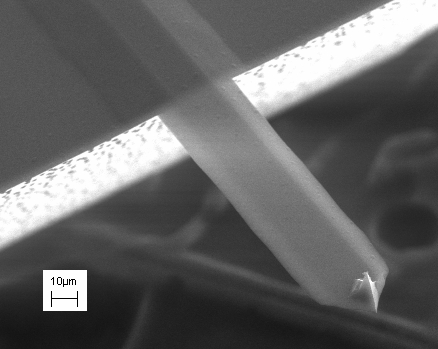
Our Concept
The key to designing an optimal sensor lies in achieving strong electro-mechanical coupling and very low noise motion detection. Engineering this coupling is central to the development of Nano-Electro-Mechanical Systems (NEMS) and Nano-Optical-Electro-Mechanical-Systems (NOEMS). Recently NEMS has stepped in to the quantum world: A lithographically fabricated membrane with mechanical resonance frequency of order 10 MHz was cooled to its quantum ground state by coupling it to a superconducting electromagnetic oscillator held at millikelvin temperature and driven with coherent microwaves.
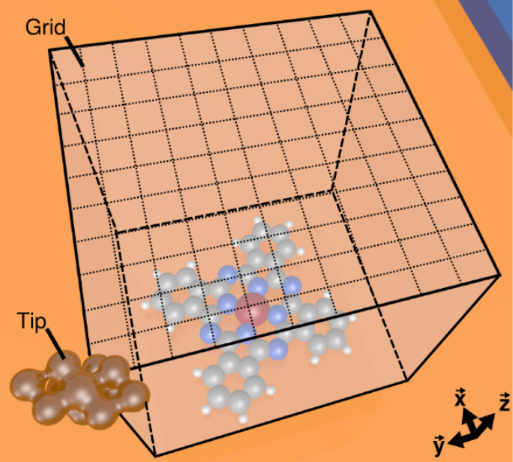
Our Approach
The QAFM project will combine threads of research from several different disciplines. The theory of quantum-limited force detection has its genesis at the cosmological scale in gravity wave research. Superconducting microwave resonators are currently used to make quantum-limited measurements in circuit quantum electrodynamics (cQED). We will adapt these ideas to realize a quantum-limited force sensor suitable for scanning probe applications. While many proof-of-concept experiments have been made, such a sensor is yet to be developed. Building on ideas from the superconducting circuits community, augmenting them with designs and techniques from the MEMS sensors and actuators community, and applying them to LT-AFM, we will introduce a new measurement paradigm with potential for enormous improvement beyond the current state-of-the-art.
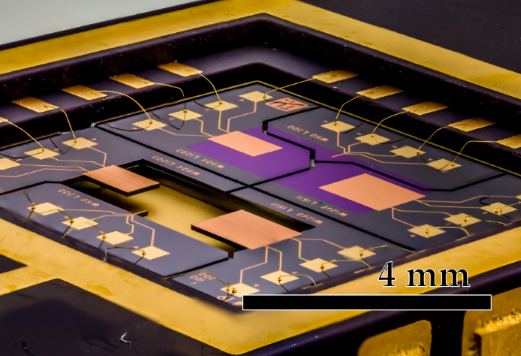
The Consortium
KTH Royal Institute of Technology
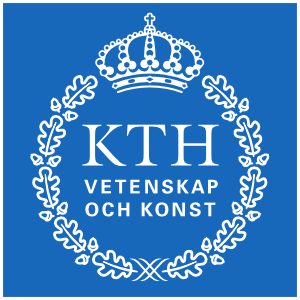
Since its founding in 1827, KTH Royal Institute of Technology in Stockholm has grown to become one of Europe’s leading technical and engineering universities, and a key center of intellectual development and innovation. Today KTH is Sweden’s largest technical research and learning institution and home to students, researchers and faculty from around the world. Applied Physics is one of KTH's largest and most active departments, hosting several groups and projects in Quantum Technology. The division of Nanostructure Physics works on various forms of quantum and nano technology.
University of Basel

The University of Basel is a full University and has research priorities in the areas of Sustainability and Energy as well as Quantum- and Nanoscale Science. The Department of Physics is the coleading house of the National Center of Competence in Research (NCCR) “QSIT - Quantum Science and Technology” which combines high-level research in quantum physics and information theory and constitutes a priority program of the University of Basel. It combines basic interdisciplinary science with application-orientated research. In various projects researchers focus on the control of quantum systems and aim at providing new impact and ideas to the quantum science and technology, to the sustainable use of resources, and to information and communication technologies.
TU Wien
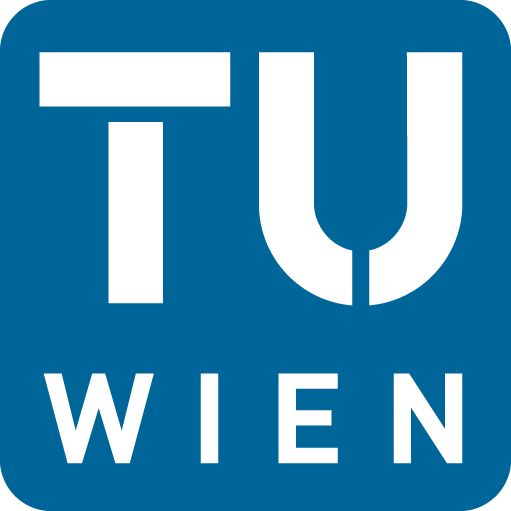
Technische Universität Wien (TU Wien) a modern research university. More than 4500 employees work, research and teach at Austria’s largest institution for research and education in natural science and engineering. TU Wien offers a research environment that equally encourages high quality fundamental and application-oriented research, thus ensuring its long-term success. TU Wien selected five focal research areas among which are Quantum Physics and Technologies and Information and Communication Technology which include Sensor Systems.
Intermodulation Products
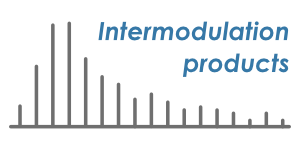
Intermodulation Products AB is a high-tech SME dedicated to the research and development of multifrequency measurement and nonlinear analysis techniques. Based in northern Sweden, they produce and sell a unique Multifrequency Lock Amplifier (MLA)™ for probing both nonlinear and linear response at many frequencies, simultaneously. They have extensive expertise in methods for mesuring and analyzing nonlinear response, implemented in a software package for Intermodulation Atomic Force Microscopy (ImAFM)™, a patented technique for nanoscale surface analysis.
Team
KTH Royal Institute of Technology
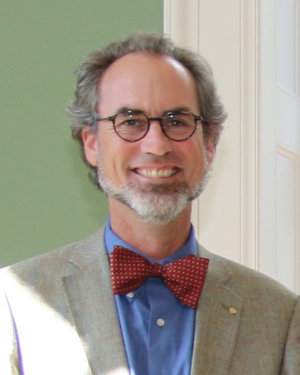
Prof. David Haviland
Project Coordinator
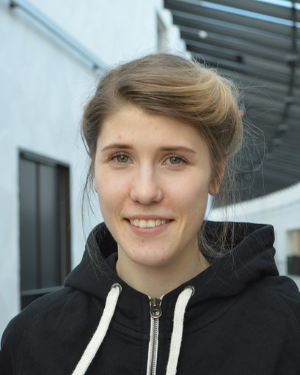
Elisabet Arvidsson
PhD Student
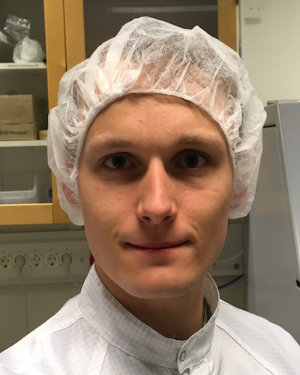
August Roos
PhD Student
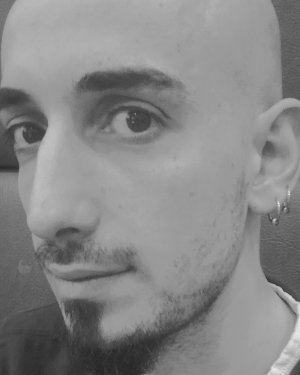
Ermes Scarano
PhD Student
Alumni
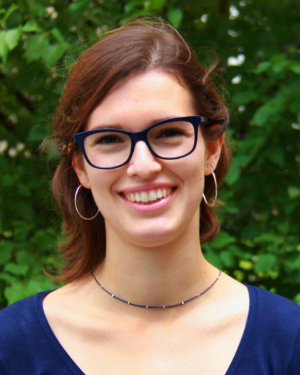
Ariadna Soro Alvarez
now PhD student at Chalmers University of Technology
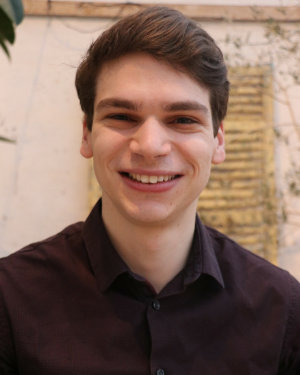
Gabriele Baglioni
now PhD student at TU Delft
University of Basel
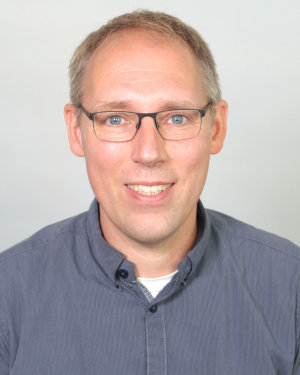
Dr. Thilo Glatzel
Project Manager
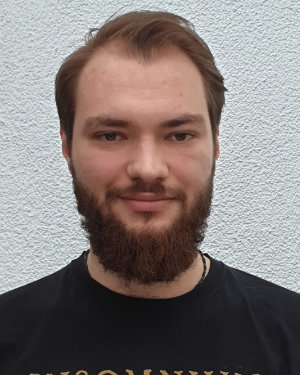
Marco Zutter
PhD Student
TU Wien
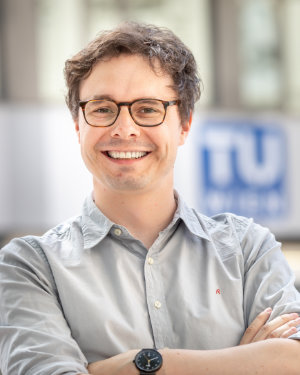
Dr. Daniel Platz
Project Manager
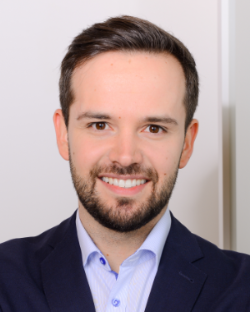
Dr. Jonas Hafner
Postdoc
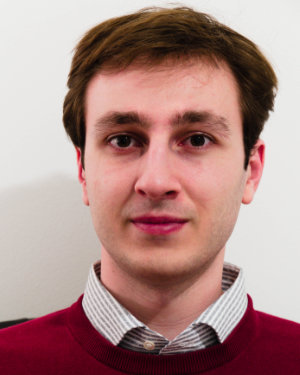
Ioan Ignat
PhD Student

MinHee Kwon
PhD Student
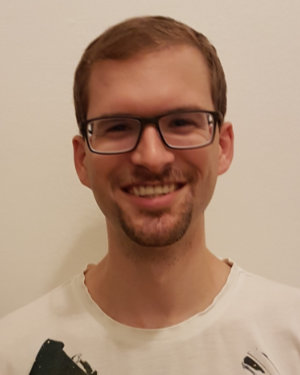
Bernhard Schuster
Student
Alumni
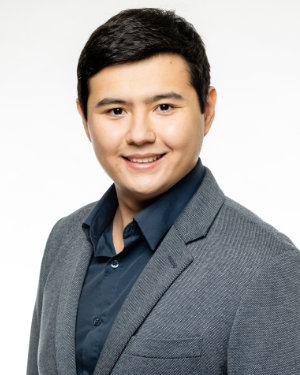
Amanzhol Salykov
now Master student at TU Wien
Intermodulation Products
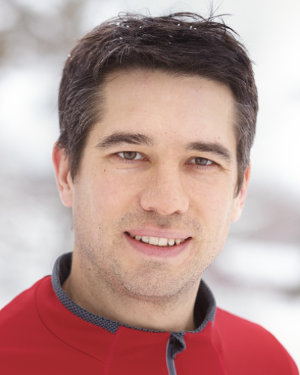
Dr. Erik Tholén
Project Manager
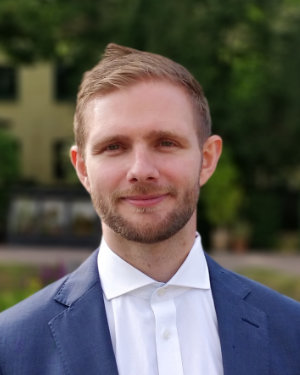
Dr. Daniel Forchheimer
Researcher
Events
Kickoff Meeting
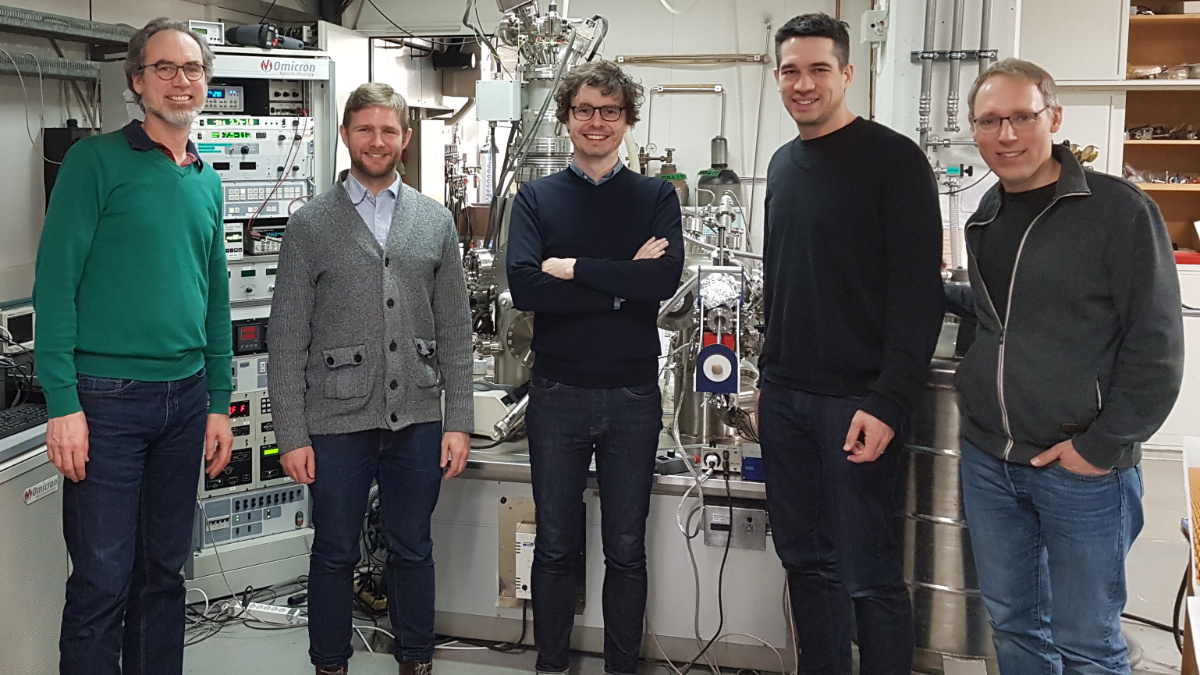 David Haviland, Daniel Forchheimer, Daniel Platz, Erik Tholén and Thilo Glatzel, in the lab after the first successful ImAFM measurements in ultra-high Vacuum.
David Haviland, Daniel Forchheimer, Daniel Platz, Erik Tholén and Thilo Glatzel, in the lab after the first successful ImAFM measurements in ultra-high Vacuum.
The QAFM kick-off meeting was held Jan. 30 - Feb. 1, 2019, in Basel Switzerland.
1st QAFM Retreat
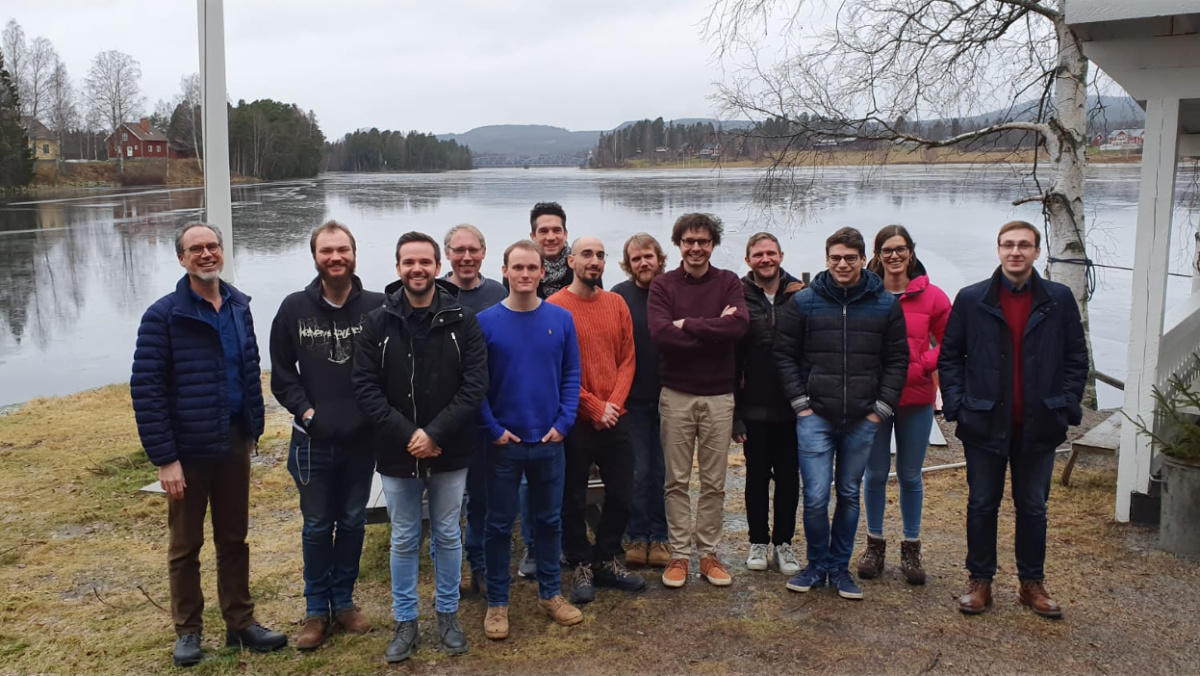 Team QAFM at Kungsholmen in Segersta. From left to right: David Haviland, Makro Zutter, Jonas Hafner, Thilo Glatzel, August Roos, Erik Tholén, Ermes Scarano, Erik Holmgren, Daniel Platz, Daniel Forchheimer, Gabriele Baglioni, Ariadna Soro Alvarez, Ioan Ignat.
Team QAFM at Kungsholmen in Segersta. From left to right: David Haviland, Makro Zutter, Jonas Hafner, Thilo Glatzel, August Roos, Erik Tholén, Ermes Scarano, Erik Holmgren, Daniel Platz, Daniel Forchheimer, Gabriele Baglioni, Ariadna Soro Alvarez, Ioan Ignat.
The QAFM team gathered for a workshop and retreat, Jan. 12-17 in Sweden. The first two days in Segersta, home to the international headquarters of Intermodulation Products AB, and the following 3 days at KTH in Stockholm.
Sponsors
European Funding
The European Union supports the QAFM project with a FET-Open grant (Grant ID 828966).

National Funding
We are also grateful for contributing support from the following national organizations

Swedish Research Council (VR)
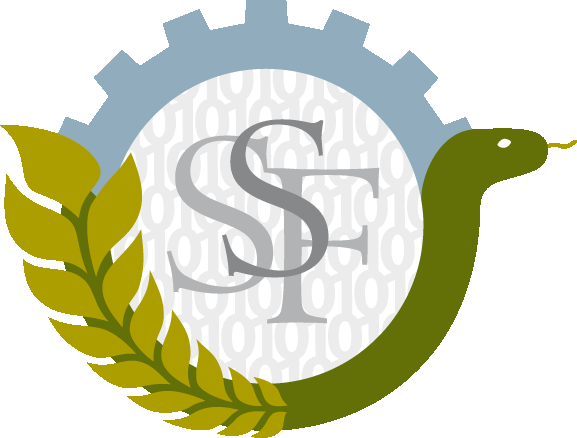
Swedish Foundation for Strategic Research (SSF)
Other Funding
We appreciate support from the consortium universities and companies.

KTH Royal Institute of Technology

University of Basel

TU Wien


